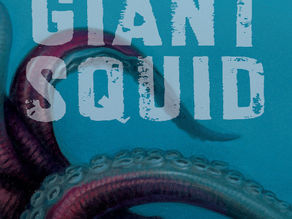top of page
Lindsay K. Moore
author + illustrator
Search


You're Invited!
You're invited to a BOOK PARTY that's also a BIRD PARTY on February 22, 2025 at 11 at the Harbor Springs Library.
Lindsay Moore
Jan 23


Take Heart
Sturgeon Bay, January 1, 2025 , watercolor and color pencil 5X7 in on cold press paper Warm wishes from the slow and formless days that...
Lindsay Moore
Jan 6


Are You Afraid of the Dark?
Book Review + Halloween Fun “The phrase "in the dark," as I'm sure you know, can refer not only to one's shadowy surroundings, but also...
Lindsay Moore
Oct 31, 2023


Poetry in the Wild: Ice Cycle and Fungi Grow by Maria Gianferrari
Book Review + Author Interview + Activity An author as versatile as the subject matters she presents, Maria Gianferrari always finds a...
daniellesdejonge
Oct 10, 2023


Luminous: Living Things That Light Up the Night
Book Review + Author Interview + Activities Behold! A brilliant new informational picture book by author and illustrator Julia Kuo about...
Lindsay Moore
Aug 22, 2023


Mother of Sharks: The Magical Life of Melissa Cristina Márquez
If there was one word I could use to classify the book Mother of Sharks (Penguin Workshop), by Melissa Cristina Márquez and illustrated...
daniellesdejonge
Jul 28, 2023

bottom of page